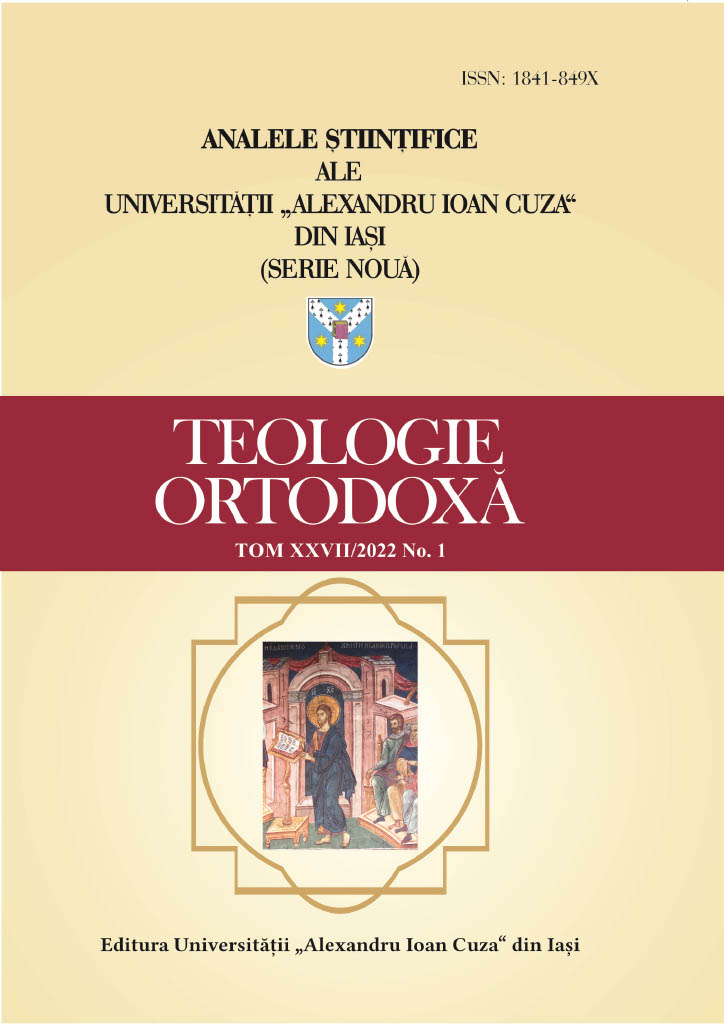A Brief History of Romanians in the Serbian Banat
A Brief History of Romanians in the Serbian Banat
Author(s): Mircea MăranSubject(s): Christian Theology and Religion, Cultural history, Political history, History of Education, 18th Century, 19th Century
Published by: Editura Universităţii »Alexandru Ioan Cuza« din Iaşi
Keywords: Serbian Banat; Romanians; identity; cultural movement; education in the mother tongue;
Summary/Abstract: Romanian inhabitants live in nearly forty villages in that part of Banat which used to belong to the former state of Yugoslavia and which now belongs to the Autonomous Province of Vojvodina, i.e. Republic of Serbia. The Romanian inhabitants were colonized in the area, i.e. in the space of contemporary Vojvodina, mostly in the 18th and the first decades of the 19th century from the eastern parts of Banat. A number of villages were inhabited by settlers from other parts of Romanian ethnic space, before all from Oltenia, Transilvania and Crişana. The newcomers were settled in the places existing since the Turkish, and even medieval times, while in some cases completely new settlements were established. After the World War I and the dismemberment of the Austro-Hungarian monarchy, Banat was divided between the Kingdom of Serbs, Croats and Slovenes and Romania. The status of the Romanian minority in Banat was regulated by international contracts signed after the World War I, as well as by various Yugoslav-Romanian contracts. Therefore, conditions were created for the Romanian national minority in the Yugoslav (Serbian) Banat to exercise their national rights, which enabled their survival in the region to the present day. Today, the Romanian minority is found on the territory of the Autonomous Province of Vojvodina. Despite their significant decrease in numbers, they still have a rich cultural life and are active in different domains of the society. They preserve their identity due to the existence of schools taught in the Romanian language, of the Romanian Orthodox Church, as well as due to national mass media that have program in the languages of the minorities as well.
Journal: Analele Ştiinţifice ale Universităţii »Alexandru Ioan Cuza« din Iaşi. Teologie Ortodoxă
- Issue Year: 27/2022
- Issue No: 1
- Page Range: 189-209
- Page Count: 20
- Language: English

